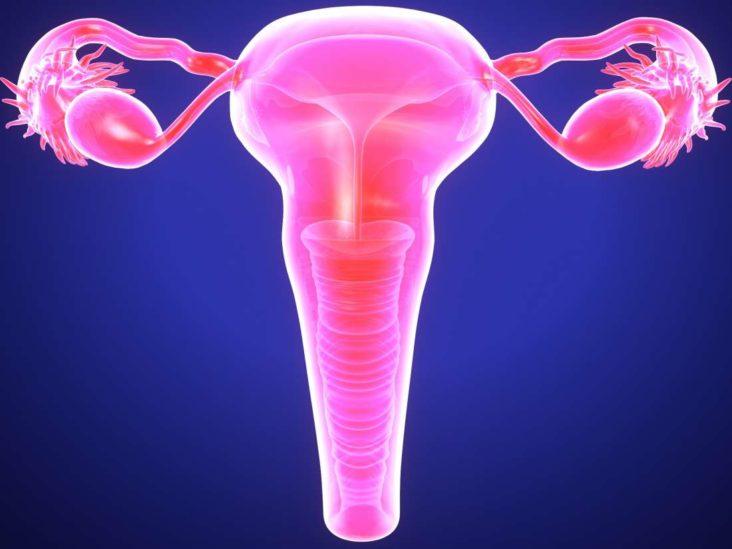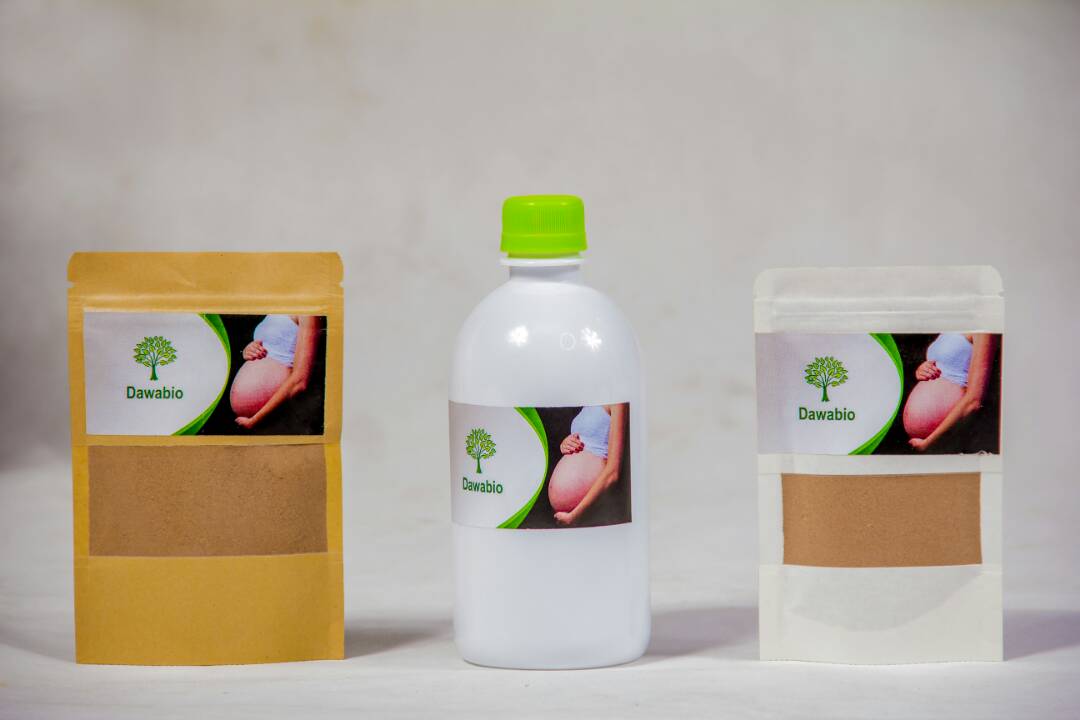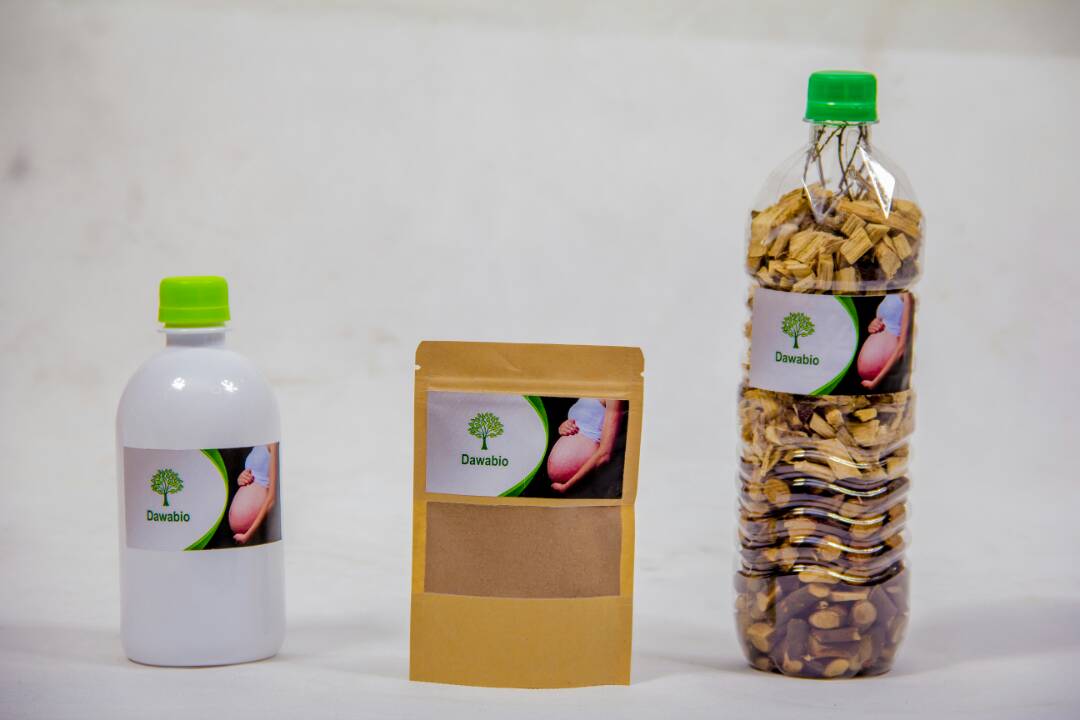natural plant to remove ovarian cyst

NABOTH CAUSE CYST: Natural treatment
NABOTH CAUSE CYST
A cyst Nabothian (or egg Naboth ) is a cyst mucous that develops at the neck of the uterus; it is due to the obliteration of the excretory ducts of the glands of the uterine cervix. Here is the natural herbal treatment to cure Naboth cysts. Click on the image below to discover this natural treatment.
We deliver all over the world.
For more information, you can contact our experts on +229 51374202 direct line or by WhatsApp at the same number.
This is the accumulation of mucus produced by the glands of the endocervix (columnar epithelium) which cannot be evacuated due to the physiological covering of the gland by squamous epithelium (a phenomenon of repair). These cysts are most often visible at the level of the ectocervix, presenting on colposcopy as a translucent cyst whose wall is covered with vessels. They can also sit in the endocervix and be visible on ultrasound.
Causes of Naboth's cyst
The Naboth cysts are formed:
- Either because there is a development of the tissue of the cervix (following childbirth for example).
- Either in older women, because the natural secretions are retained in the thinned tissue of the cervix.
The cause of the appearance of a Nabothian cyst is the obstruction of the ducts carrying the secretions from the mucus glands. It is a common phenomenon in a woman after childbirth, the lining of the cervix develops, or in postmenopausal women, in whom the lining of the uterus becomes thinner.
The cysts of Naboth often appear after repair ectropion: epithelium squamous metaplasia (newly formed) covers the glandular endocervical crypts, without colonizing, and locked glands continue to secrete, which is responsible for their expansion; the glands then form small cysts which protrude under the squamous epithelium.
These retentional glandular cysts are visible on the ectocervix.
Nabothian cysts form when the mucus-producing glands in your cervix become covered with skin cells and become blocked. The skin cells clog the glands, causing mucus to build up. This causes a cyst to form on the neck that looks like a small white bump.
Childbirth and physical trauma to the cervix can cause Nabothian Trusted Source cysts in some women. During childbirth, excess skin cells can grow on the mucous gland and trap the mucus, causing cysts to form. Physical trauma around the cervix can cause excess tissue on top of the mucous glands during the healing process and trap mucus, which can also cause these cysts to appear. Cysts caused by physical trauma are especially common during recovery from chronic cervicitis, in which cervical tissue is inflamed.
You are more likely to develop these cysts if you are pregnant or of childbearing age. Childbearing age lasts from puberty until the onset of menopause, which can sometimes reach 40 or 50 years.
You might also be at risk of developing similar cysts if you have a disorder called malignant adenoma. This condition is a type of neoplasia that affects the production of mucus in the cervix of your uterus. These cysts are often identical to Naboth's cysts. Talk to your doctor about screening for malignant adenoma if you are concerned that your Naboth cyst is the result of this condition rather than other causes.
In most cases, Nabothian cysts appear when new tissue grows back on the cervix after childbirth. This new tissue blocks the openings of the nabothian glands in the cervix, trapping their mucous secretion in tiny pockets under the skin. Nabothian cysts are a normal finding on the cervix of women who have had children. They are also seen in postmenopausal women whose cervical skin has thinned with age. Less often, nabothian cysts are linked to chronic cervicitis, long-term infection of the cervix.
The mucus-producing gland in the cervix is covered with cells and skin clogs. Physical trauma and childbirth cause additional skin cells to grow in the mucous gland and trap the mucus, resulting in the cyst forming.
Infection: The cervical glands produce large amounts of mucus to protect the area from all kinds of infections and inflammation. This process can be understood as the body's natural way to wash away foreign objects that can cause health problems.
As the level of mucus production increases, there will obviously be an increased risk of blockage and cyst formation. Therefore, infections and inflammation can cause the growth of Naboth cysts.
Hormonal changes: the changes hormonal play a direct role in the formation of such cysts. For example, menopause is a stage in which a woman may experience thinning of the skin of the cervix. It causes inflammation of the cervix causing cervical infection.
The cervix connects the two most important parts of the female reproductive system. Therefore, hormonal changes will have a direct effect on him.
These cysts mainly develop during pregnancy, childbirth or menopause. Therefore, the development of these cysts could be the result of changes in hormone levels.
Trauma: Injury or scarring of the tissues lining the cervix could lead to the formation of Naboth's cysts. The body tries to grow new tissue to repair and heal the injured area, but sometimes there can be an overgrowth of the tissue.
Pregnancy: Normally, the cervix remains open to allow the movement of semen from the vagina to the uterus and the flow of menstrual fluid from the uterus to the vagina.
However, during pregnancy, the body's mechanism closes the cervix to ensure the development of the fetus in the womb. New tissue grows on the mucous gland after childbirth due to the process of metaplasia.
If these tissues grow excessively, they could block the glands and prevent mucus from draining out, leading to the development of Naboth cysts.
Neck Problems: Postmenopausal women may experience thinning of the skin of the cervix. Inflammation of the cervix is a common effect of cervicitis.
These problems, along with other sexually transmitted infections of the cervix, could lead to the development of cysts on the surface of the cervix.
We deliver all over the world.
For more information, you can contact our experts on +229 51374202 direct line or by WhatsApp at the same number.

NABOTH'S CYST AFTER CHILDBIRTH: Natural treatment
A cyst: what is it?
The cyst is a kind of closed pocket, containing liquid, a semi-solid substance or even gas. It can appear at any age in life, in any area of the body. Depending on their location, we can distinguish hundreds of different types of cysts. The majority of them are benign and only cause a problem when they are too large. The appearance of a cyst can have many possible causes: infection, birth defect, shock, tumor (benign or cancerous), etc. For example, sebaceous cysts, which form in the sebaceous glands of the skin, are due to an abnormal accumulation of sebum. The popliteal cyst, which forms in the fold of the knee, is caused by arthritis or trauma to the knee. Dawasanté experts provide you with a natural treatment based on medicinal plants to cure Naboth cysts permanently. Click on the image below to discover this natural treatment .
What are the symptoms?
When cysts form under the skin, they are easily detectable: they form a more or less large ball under the skin, most often painless. On the other hand, cysts located deeper in the body are often asymptomatic. However, the largest of them put pressure on neighboring organs, triggering pain, and various disorders depending on the location (eg: blood in the urine for the renal cyst).
Focus on the main female cysts
In women, the breast cyst is common: the lump is solid, its contours are well defined. It may change in size during the period of the menstrual cycle or disappear/reappear spontaneously from one menstrual cycle to another. This type of breast cyst is harmless: it does not increase the risk of breast cancer.
Another common cyst is the Bartholin gland cyst, which manifests as a sharp pain or lump at the entrance to the vagina. It is due to mild infection of the Bartholin glands and is not a health hazard. Many women are affected at least once in their life.
As for ovarian cysts, there are different types. Most often asymptomatic, they can sometimes cause abdominal pain or irregular cycles. In 9 out of 10 cases, these are functional cysts that are not serious: they appear during a menstrual cycle and then disappear on their own after a few cycles. On the other hand, for organic ovarian cysts, there is a risk of cancerous degeneration, which is quite low before the age of 50.
Naboth's cyst, common after childbirth
Naboth's cyst is located on the wall of the cervix. It appears in many women after childbirth or sometimes also after menopause. Completely painless, it does not represent any danger to health.
Childhood congenital cyst
The thyroglossal cyst can be present from the birth of the child or appear a little later, usually before the age of 2: a large pocket full of fluid forms on his neck or face. This cyst is due to a fairly frequent embryonic malformation and not very serious. Antibiotics can reduce its size, but surgical removal is the best solution to prevent recurrence and limit the risk of superinfection.
Diagnosis of cysts
The cysts' skin is easy to diagnose but others require an ultrasound. A scanner is also often used: its purpose is to verify that it is indeed a simple cyst and not cancer. A biopsy is sometimes also requested: the contents of the cyst are normally punctured with a needle for examination.
How to treat a cyst?
A small, asymptomatic cyst with no risk of developing into cancer does not require treatment. A cyst that is annoying by its size and symptoms can, on the other hand, be drained using a needle or a catheter. Another solution: surgical removal. This last option is particularly used in the presence of cancer risk.
The cyst Bartholin's gland is manifested by a lump or pain in the vagina. Bartholin's glands produce a protective and lubricating fluid that can sometimes become infected and cause swelling or cyst formation. This cyst is harmless and can affect all women at some point in their life.
An ovarian cyst is a fluid-filled pocket that develops on the surface or inside of an ovary. Ovarian cysts are very common in women and rarely become cancerous before the age of 50.
There are several types of ovarian cysts. The functional cysts appear during the ovulation cycle (release of an egg from the ovary). Most painless, harmless, and non-cancerous, they usually go away on their own after 2 or 3 menstrual cycles.
Other types of cysts are due to benign tumors such as dermoid cysts, endometriosis cysts (or endometrioma) in women with endometriosis. The polycystic ovary syndrome is not due to cysts but the follicles on the ovaries that make up the volume.
Some benign ovarian cysts can increase the risk of ovarian cancer. Some malignant tumors and cancers of the ovaries start with a cyst in the ovaries.
A Naboth's cyst (or Naboth's egg) is a mucus-filled pocket that forms on the wall of the cervix (The cervix is lined with glands that produce mucus). This type of cyst is common in women after childbirth or in postmenopausal women whose uterine wall thins with age. This cyst has virtually no symptoms and is usually detected during a routine pelvic exam. It does not present any risk to health.
The cysts of Naboth comes from distension of endocervical glands and are usually asymptomatic. However, they can be multiple and exceed 2 cm to form cystic masses
.
On MRI, they are differentiated from cervical cancers by their T2 hyper signal, their intermediate signal in T1, and the absence of contrast enhancement. Moreover, the limit with the cervical stroma, in hyposignal, is clear.
Among the differential diagnoses, we can cite exceptional cervical endometriosis and malignant adenoma which accounts for 3% of cervical adenocarcinomas.
|
|
Cervical stenosis |
Cervical stenosis is common during menopause or after endo-uterine maneuvers. It most often causes an obstacle to the flow of secretions and presents as uterine distension of undetermined origin.
The role of MRI is to confirm the normality of the zonal anatomy of the cervix and uterus, to eliminate the presence of abnormal endocavitary tissue and to specify the fluid nature (serous or haematic) of the endocardial retention. uterine.
|
|
Cervical fibroma |
Cervical fibroma is a rare localization of uterine myomas.
Difficult to diagnose on ultrasound, it presents on MRI the same signal abnormalities as in the case of localization in the uterine body.


